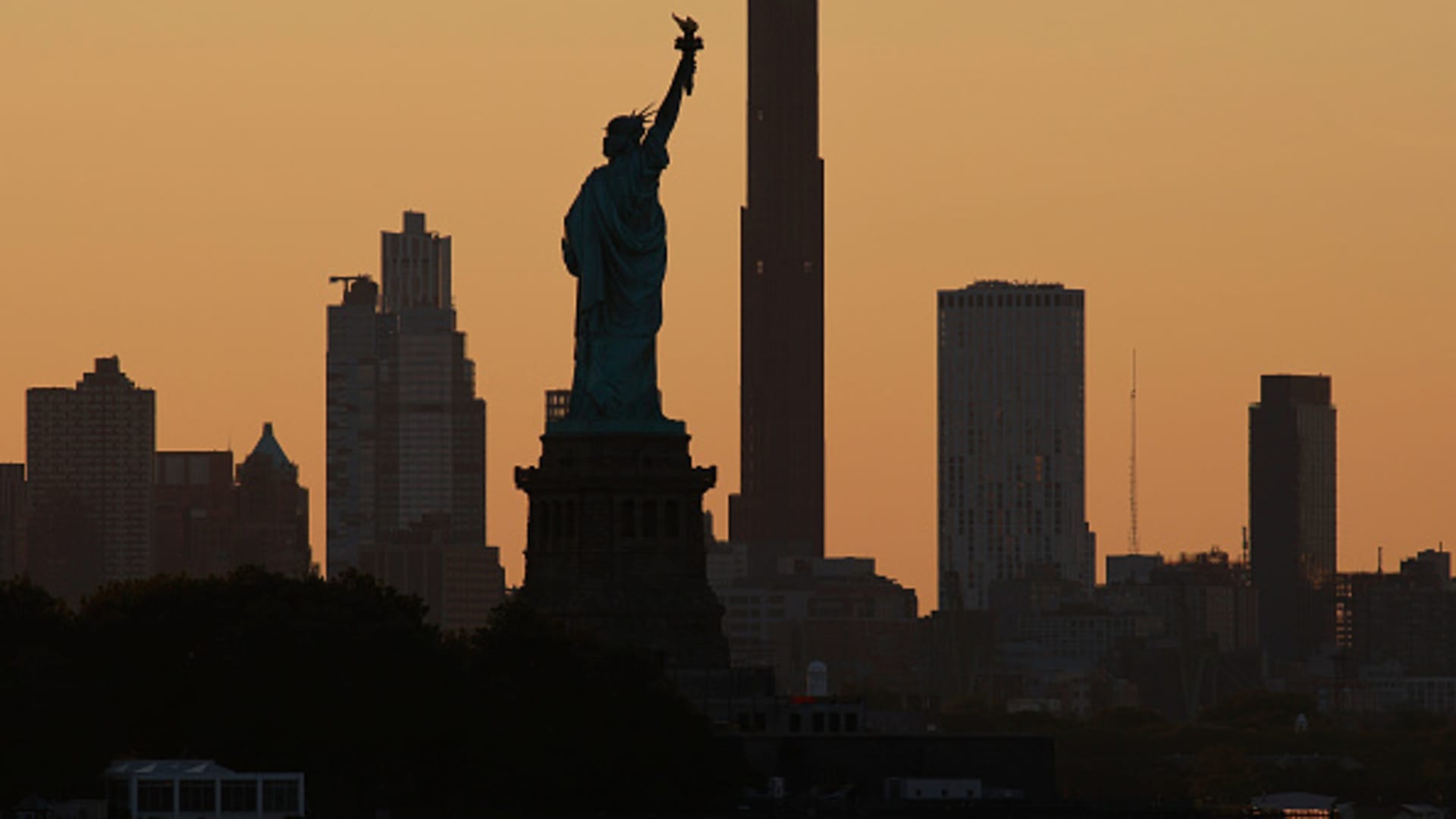The U.S. had more than 9 million open roles in June, and while that’s down from the peak of 12 million in March 2022, it’s still among the highest number of openings we’ve had since before 2000.
“You’re talking about passing up something like $1 trillion in production every year that these jobs go unfilled,” David J. Bier, associate director of immigration studies at the Cato Institute, told CNBC.
With 5.8 million unemployed workers in the U.S., some economists say all of these roles are unlikely to be filled by people currently living in the U.S.
Currently, American immigration policies bar many employers from hiring unskilled migrants.
Bier explained, “In 1986, Congress banned people working without authorization in the U.S. They made it impossible to hire someone who was in the U.S. illegally or without employment authorization.”
Now, some argue this protects workers already living in the U.S., but the public is split almost evenly on this. Fifty-one percent of Americans surveyed by the Cato Institute worry immigration could reduce the number of jobs available.
Meanwhile, the number of job openings remains at historic levels. Darrell Bricker, co-author of “Empty Planet: The Shock of Global Population Decline” and CEO of Ipsos Public Affairs said, “The effect of a shrinking aging population is a decline in innovation, combined with the fact that you’re just going to run out of the things that drove economic growth.”
He continued, saying there is “a huge opportunity for the United States to blunt some of the effects of fertility decline and population aging by having an immigration policy that may be a bit more focused, not necessarily on just accepting anybody for compassionate reasons, but for bringing in people to fill in those skill gaps.”
Bricker’s home country of Canada has a much more open immigration policy and credits its Covid pandemic recovery in part to its approach to immigration.
Dany Barah, associate professor of the practice of international and public affairs at Brown University and a Venezuelan immigrant, said, “One could argue that Canada has benefited a lot from the broken migration system in the U.S.”
Bahar and his colleagues are developing what they’re calling the Occupational Opportunity Network to help keep decision-makers informed about how migrants can help the U.S. economy grow.
“By looking at every occupation in every locality in the U.S. and projections and historical data, we’re able to actually come up with numbers that are much higher than the current caps in the U.S. system and we hope that these numbers are going to be the basis for a comprehensive immigration reform,” he told CNBC.
However, not all immigration experts agree we need more open borders. Simon Hankinson, senior research fellow, border security and immigration center, at the Heritage Foundation said: “We’re in a really unique environment at the moment. We’re sort of testing, pushing the envelope of our national sovereignty and our ability to to absorb people.”
Hankinson explained the current visa system, specifically in the case of the HB-1 visa, undercuts the skilled labor market by bringing in workers from abroad. “It’s never allowed the market to exercise that function where the wages go up and then people are tempted to go into those fields and fill those jobs.”
Watch the video to learn more about how U.S. immigration policies impact economic growth and how the U.S. can fix it.

